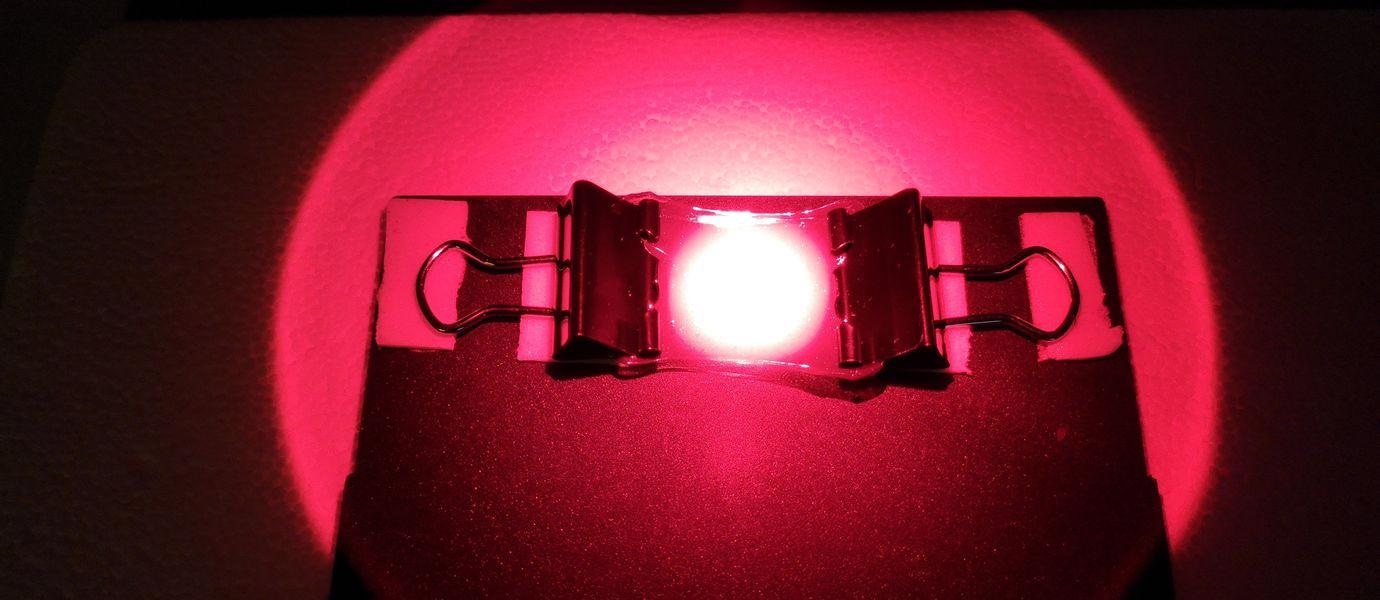According to popular belief, there is a pot of gold at the end of the rainbow, but a new technique is flipping that notion on its head by employing gold particles to create colors. The approach discovered at Aalto University might usher in new display technology with more work.
 In this experiment, the gel is being activated by a red LED before the researchers measure the light it transmits. Image Credit: Joonas Ryssy.
In this experiment, the gel is being activated by a red LED before the researchers measure the light it transmits. Image Credit: Joonas Ryssy.
Gold nanocylinders suspended in gel are used in this approach. When lit by polarized light, the gel only transmits particular colors, and the color depends on the orientation of the gold nanocylinders. A team led by Anton Kuzyk and Juho Pokki employed DNA molecules to regulate the orientation of gold nanocylinders in the gel, which was a creative twist.
DNA isn’t just an information carrier – it can also be a building block. We designed the DNA molecules to have a certain melting temperature, so we could basically program the material.
Joonas Ryssy, Stud Lead Author and Doctoral Candidate, Aalto University
The DNA molecules relax their hold and the gold nanocylinders alter orientation when the gel is heated up past the melting point. They tighten up again as the temperature lowers, and the nanoparticles return to their original location.
To get the optimal reaction, the researchers examined multiple unique DNA molecules with varied melting temperatures. The present system is capable of producing both red and green light. Once the blue light transmission is achieved, this method might be used to create any desired color by combining red, green, and blue light.
The whole concept—the underlying philosophy behind the work—is to use simple methods, simple materials and simple tools to generate colors in a dynamic and reversible way.
Sesha Manuguri, Postdoctoral Researcher, Aalto University
Part of the technique’s beauty, according to Manuguri, is that the gold nanocylinders do both functions.
Manuguri added, “The gold nanorods get hot when they are lit, heating the gel, and they are also responsible for color formation. So, you don’t need separate heating elements.”
This method could be utilized to create color on a variety of screens with future research. Since all the materials are biocompatible, this technique could potentially be employed in wearable sensor devices, but it could also be used in billboards or other displays.
“We have done the basic science to bring these building blocks together in a symbiotic manner to create something functional. Now it is up to engineers to explore what kind of devices could be made”, stated Manuguri.
Journal Reference:
Ryssy, J, et al. (2022) DNA-Engineered Hydrogels with Light-Adaptive Plasmonic Responses. Advanced Functional Materials doi:10.1002/adfm.202201249.